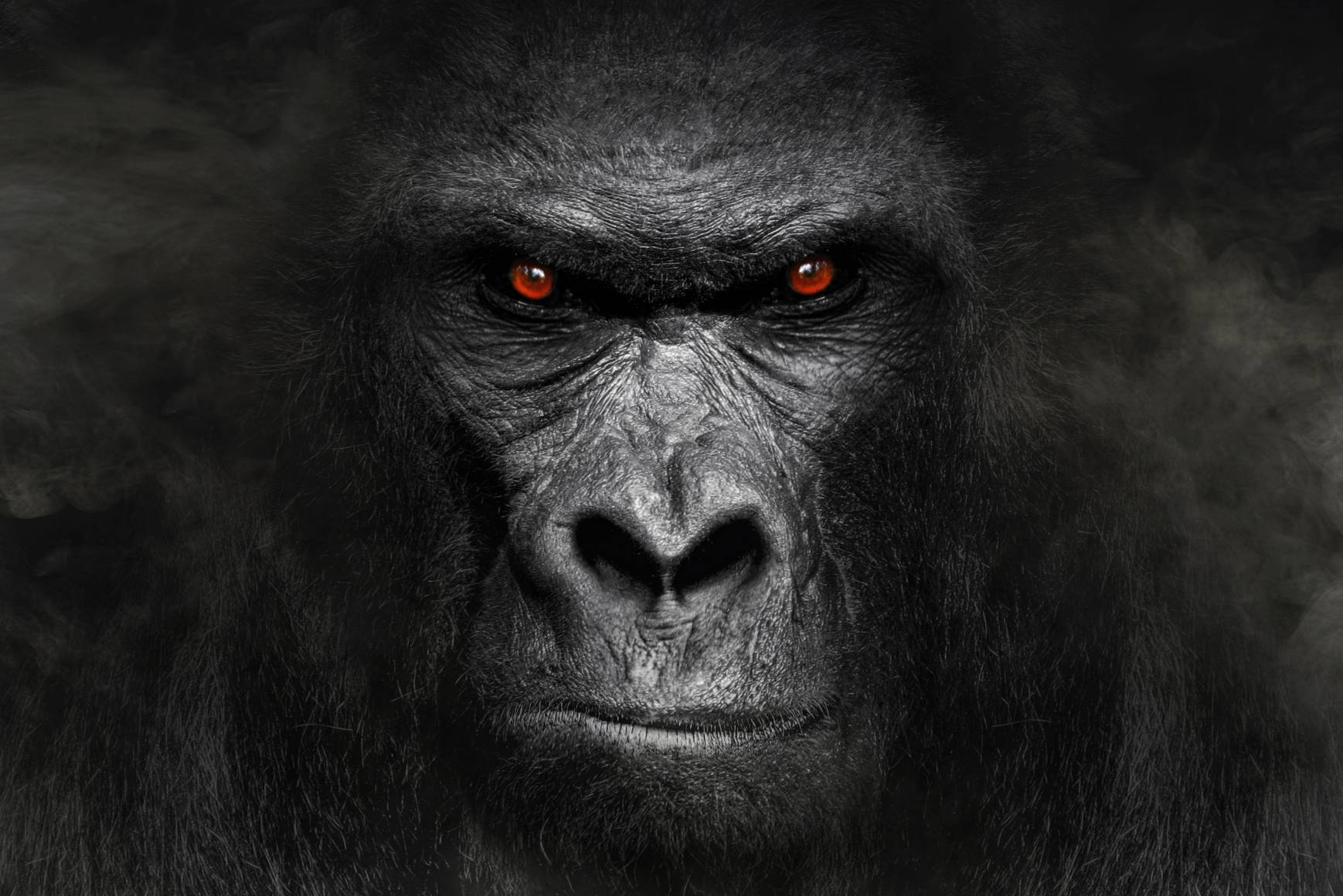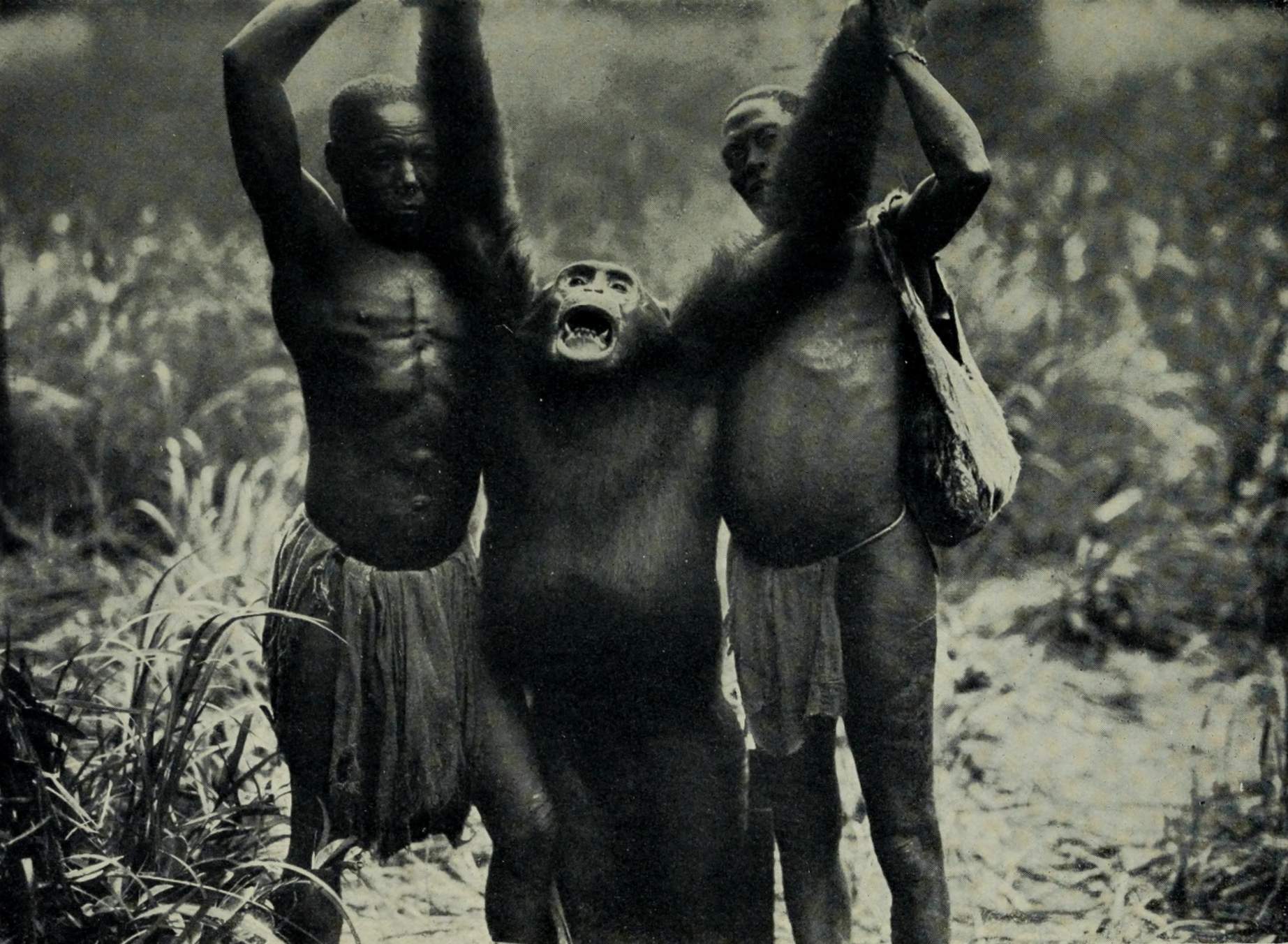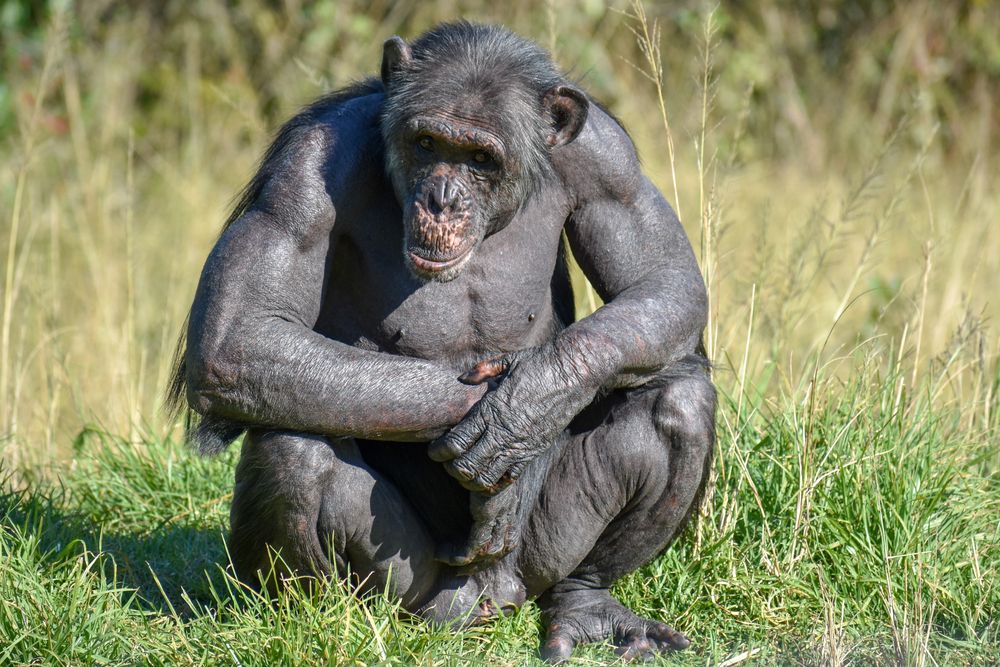Deep within the heart of the Congo Rainforest, a mysterious population of colossal apes is said to reign supreme. Referred to as the Bondo ape or Bili ape, these creatures have captured the imagination of explorers, researchers, and locals alike. Tales of their immense size, bipedal locomotion, and fearsome aggression have circulated for decades, fueling speculation about their true nature. Are they a new species of great ape, a hybrid between gorillas and chimpanzees, or are these sensational claims nothing more than a blend of fact and fiction? In this article, we explore the depths of the Congo Rainforest to uncover the truth behind the enigma of the Bondo ape.

The origins of the Bondo ape mystery
The first scientific expedition to investigate the existence of the Bondo ape was led by Karl Ammann, a renowned Swiss Kenyan photographer and conservationist, in 1996. Ammann reportedly stumbled upon a collection of skulls in the Royal Museum for Central Africa in Belgium, which had been collected near the town of Bili in the northern Democratic Republic of Congo (DRC). These skulls, initially classified as gorillas due to their prominent “mohawk” ridge, exhibited other features resembling chimpanzees. Intriguingly, there were no known gorilla populations in the region where they were discovered, sparking suspicions of a potential new discovery.

Driven by curiosity, Ammann embarked on a journey to the northern reaches of the DRC, where he encountered local hunters who shared accounts of encountering giant apes with remarkable abilities. According to their tales, these creatures were capable of slaying lions and were seemingly immune to poisonous darts. Adding to the mystique, the locals claimed that the Bondo apes would emit haunting howls during the full moon. Ammann even acquired photographs from these hunters, depicting them posing with the massive ape bodies they had hunted.
The great apes of the Bili Forest fall into two distinct groups. There are the “tree beaters”, which disperse high into the trees to stay safe, and easily succumb to the poison arrows used by local hunters. Then there are the “lion killers”, which seldom climb trees, are bigger and darker, and are unaffected by the poison arrows. — Local Legend
Despite his efforts, Ammann’s expedition failed to provide conclusive evidence of the existence of the Bondo ape. Although they discovered extraordinarily large chimpanzee feces and footprints larger than those of gorillas, the elusive creatures remained elusive.
Bondo ape – a glimmer of hope
In the summers of 2002 and 2003, another expedition ventured into the depth of the Congo Rainforest in search of the Bondo ape. Dr. Shelly Williams, a prominent researcher, played a pivotal role in this quest for answers. Her return from the expedition sparked a wave of sensational media coverage, with mainstream publications like CNN, the Associated Press, and National Geographic featuring articles about the Bondo chimp.
According to a 2003 report by TIME magazine, Dr. Williams described the Bondo apes as having flat faces and straight-across brows reminiscent of gorillas. These creatures also exhibited early graying of their fur. Interestingly, they nested both on the ground and in low branches, emitting distinct howls that intensified during the rise and set of the full moon. Dr. Williams proposed that these apes might represent a new species unknown to science, a new subspecies of chimpanzee, or even a hybrid between gorillas and chimps.
However, subsequent years brought doubt to these bold claims. Dr. Cleve Hicks, a primatologist, and his team conducted extensive observations of what was believed to be the Bili ape population. Their findings, as reported by New Scientist in 2006, revealed that the Bondo apes were most likely not a new species or subspecies of ape. DNA analysis conducted on fecal samples confirmed that they were, in fact, eastern chimpanzees (Pan troglodytes schweinfurthii).
Unraveling the mystery of Bondo ape
While the Bondo ape may not represent a new species, Dr. Hicks’ work shed light on the unique characteristics exhibited by the Bili population of chimpanzees. These chimps displayed a ridge on their skulls similar to that of gorillas and constructed nests on the forest floor. Additionally, they exhibited behaviors not commonly observed in chimpanzees, such as smashing termite mounds and using rocks as anvils to crack open tortoise shells.

However, claims of the Bondo apes’ lion-killing prowess and bipedal locomotion remain unverified. The complexities of understanding the behavior of the Bili-Uere region chimps are further compounded by the history of conflict and disruption caused by past wars in the area, impeding comprehensive conservation efforts.
Conclusion
In the depths of the Congo Rainforest, the legend of the Bondo ape continues to intrigue this civilized world. While early reports and sensationalized accounts painted a picture of savage giant apes ruling supreme, a more nuanced understanding has gradually emerged. The Bondo ape, it seems, represents a distinctive population of eastern chimpanzees with unique characteristics and behaviors. As our understanding of these remarkable creatures evolves, further research and conservation efforts will undoubtedly shed more light on the enigmatic Bondo apes.
After reading about the Bondo ape – Congo’s extremely ferocious lion-eating chimps, read about the mysterious ‘giant Congo snake’.




